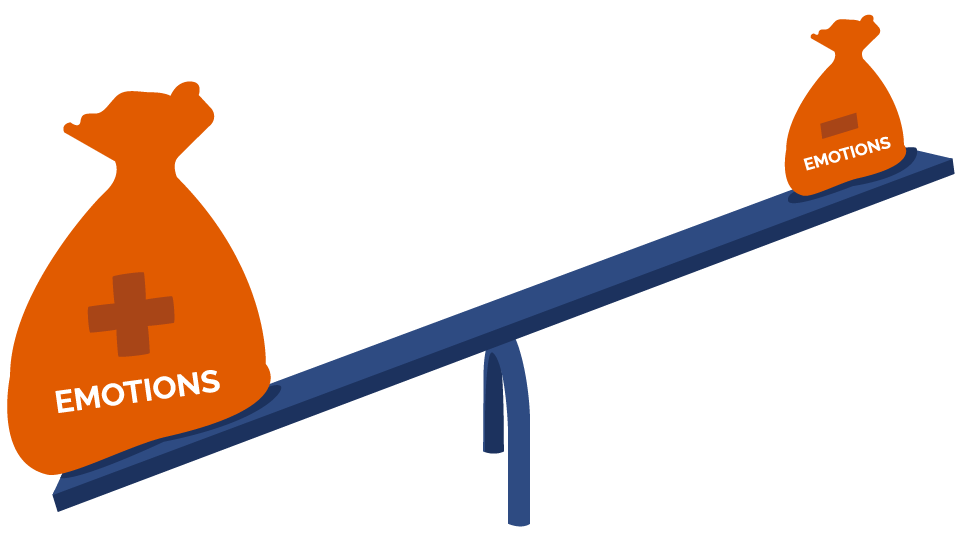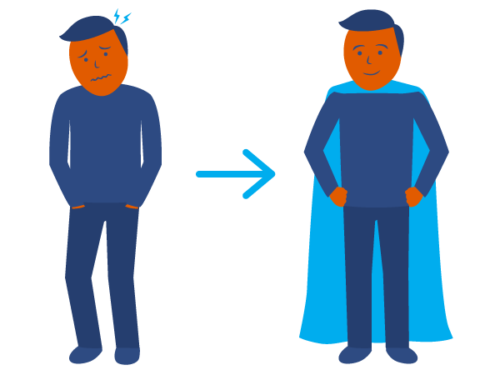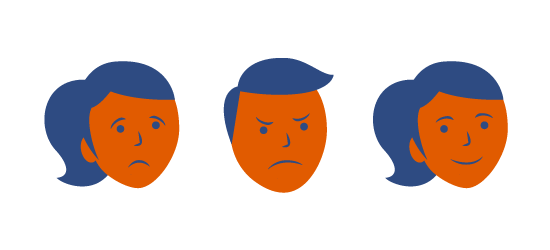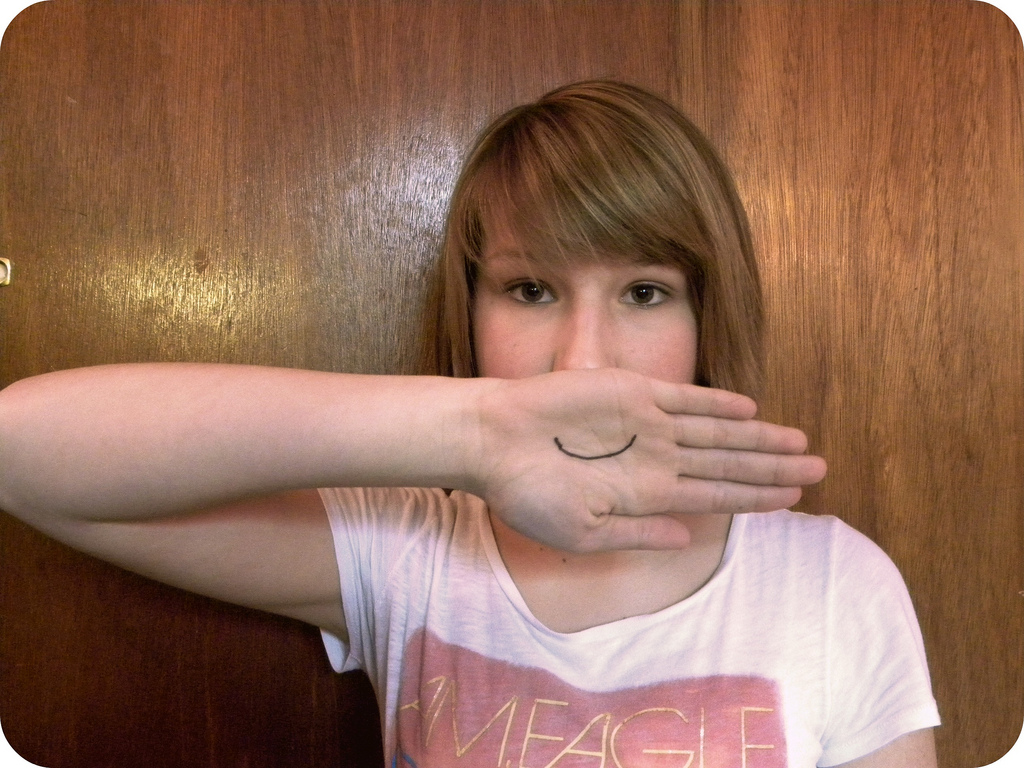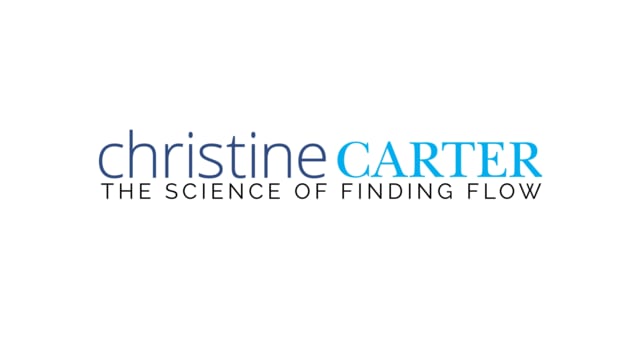People often ask me what they should do instead of numbing their uncomfortable emotions with busyness, or social media, or work.
Most of us need to practice not-numbing but just letting ourselves feel however it is that we are feeling. Here’s how:
Take a moment to identify an emotion that you are experiencing. Where in your body does it live? Is it in the pit of your stomach? In your throat? What does it really feel like? Does it have a shape, or a texture, or a color?
The key is not to deny what we are feeling, but rather to lean into our feelings, even if they are painful. Take a moment to be mindful and narrate: I’m feeling anxious right now, or this situation is making me tense. Hang in there with unpleasant feelings at least long enough to acknowledge them.
The way to super-charge this exercise is to move from labeling your emotions to truly accepting them, to surrendering all resistance to them. This is tricky because you may really, really, really not want to feel what you’re feeling, and you might be doing this just because I said earlier that emotions that are processed tend to dissipate.
It can be scary to expose ourselves to our strongest emotions. Period. Take comfort from neuroscientist Jill Bolte Taylor, who teaches us that most emotions don’t last longer than 90 seconds. What you’ll probably find is that if you can sit still with a strong emotion and let yourself feel it, even the worst emotional pain rises, crests, breaks, and recedes like a wave on the surf.
Can you let yourself feel your strong emotions? If so, you are allowing yourself to truly feel what you are feeling. Now, can you surrender your resistance to your emotions?
Here’s one way to do that using a two-minute meditation I’ve adapted from Martha Beck’s outstanding online Integrity Cleanse:
This can be a really hard process, I know. I was just trying to do it with my daughter, who was feeling depressed and anxious about a social situation in her middle school. The idea that she would allow herself to feel depressed—that she would not try not to feel sad—was outrageous to her. “But I DON’T WANT TO FEEL SAD!!! I DON’T WANT TO FEEL ANXIOUS!!! I DO NOT ACCEPT THESE FEELINGS!!!” she raged at me.
Clearly, not everyone is ready for a radical process like this one.
But if you are ready, go for it. This process is the foundation of Acceptance and Commitment Therapy, which is clinically proven to improve quality of life and mental health. I feel certain that no matter how busy and important you are, you can find two extra minutes to improve your life and your health!
Once you are able to let yourself feel what you feel, give yourself a pat on the back for demonstrating what Peter Bregman calls “emotional courage” and for doing what Martha Beck calls “turning up the dial on your willingness to suffer.”
Beck explains, drawing on the work of the founder of Acceptance and Commitment Therapy (ACT), Steven Hayes, and his book Get Out of Your Mind & into Your Life:
“[Hayes] suggests that we picture our minds as electronic gadgets with dials, like old-fashioned radios. One dial is labeled Willingness to Suffer. It’s safe to assume that we start life with that dial set at zero, and we rarely see any reason to change it. Increasing our availability to pain, we think, is just a recipe for anguish soufflé.
Well, yes…except life [will] upset you every few minutes or so, sometimes mildly, sometimes apocalyptically.”
The basis of ACT is that we try something a little crazy: abandon all attempts to avoid or rush through unpleasant emotions—and focus completely on turning up the dial on our Willingness to Suffer. Back to Beck:
“What this means, in real-world terms, is that we stop avoiding experiences because we’re afraid of the unpleasant feelings that might come with them. We don’t seek suffering or take pride in it; we just stop letting it dictate any of our choices. People who’ve been through hell are often forced to learn this, which is why activist, cancer patient, and poet Audre Lorde wrote, “When I dare to be powerful—to use my strength in the service of my vision, then it becomes less and less important whether I am afraid.”
There are LOADS of benefits to having this sort of emotional courage — to being willing to feel whatever it is that we are feeling. You can now have that difficult (but necessary!) conversation with your boss or your mother that you’ve been avoiding for months because you were worried about the emotional fallout. You can now stop pretending to be something you aren’t — instead of hiding yourself out of fear of what people will think. You can take calculated risks. You may still be afraid, but at least you aren’t making decisions based on your fear. You can do the right thing, even when the right thing is hard.
You can handle whatever uncomfortable, difficult, or painful emotions may come from the choices you make. Knowing that, what will you do differently?
Please don’t forget that having emotional courage — turning up the dial on our willingness to suffer — is about developing happiness, love, and wisdom.
Our emotions—the good, the bad, and the ugly—carry with them important information. Your emotions are how your heart talks to you, how it tells you what choices to make.
As Omid Kordestani, a senior advisor to Google, reminds us, “In life you make the small decisions with your head and the big decisions with your heart.” If we want to be happy, we need to practice feeling, to practice listening to our heart. This is the way to know who we are and what we want.
This post is from a series about authenticity from the “Science of Finding Flow,” an online course I created as a companion to my book The Sweet Spot: How to Accomplish More by Doing Less. Want to go on to the next class or start the course from the beginning? It’s free! Just go to The Science of Finding Flow course page. Enjoy!



